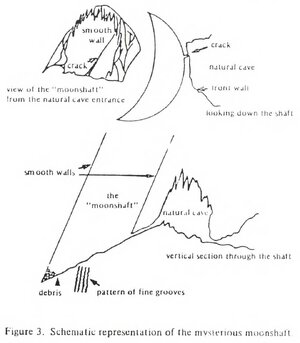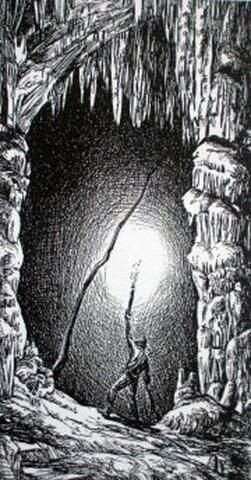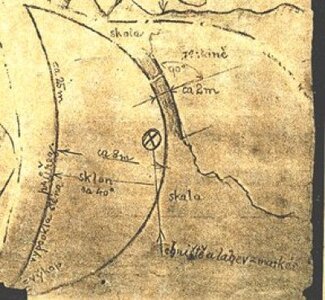Moonshaft - Wikipedia
What is the moonshaft?
"Moonshaft or Mooncave is the name given to a large mysterious object allegedly located somewhere in an unspecified mountain range in Slovakia. Moonshaft was allegedly discovered in 1944 during the Slovak National Uprising by military commander Antonín Horák who later emigrated from Czechoslovakia to the United States via France and changed his name to Tony Horak. In 1965, Horak published an excerpt from his diary in the National Speleological Society News. In 1972, French author Jacques Bergier included Moonshaft in his book Le Livre de l'inexplicable calling it one of the biggest mysteries ever. Due to the political situation in Czechoslovakia after 1968, the first attempts to find Moonshaft took place as late as in 1980. Some of the theories on the origin of the Moonshaft include geological anomaly, ancient copper mine, entrance to an underground city, extraterrestrial spaceship, etc. The story remains very popular among speleologists, paranormal investigators, and various adventurers who regularly try to explore auspicious locations in Slovakia as well as learn more about Horak and the events from his diary."
"The next day, 23 October, the only "meal" the three had was hot water with a few drops of slivovitz. Horak decided to break his promise not to venture deeper into the cave. He hoped to find some hibernating animals. Equipped with torches from pinewood, field pickax, and his rifle, he crawled through the crack and learned that navigating in the rear passages of the cave was quite easy. He continued deeper into the cave for approximately 90 minutes until he reached a small vent. When he crawled through, he was astonished to find himself in a large hall with a big grotto decorated with multiple white stalactites and stalagmites covered with enamel-like material. In the grotto, he saw a large dark cylindrical object that was completely smooth. There was a big diagonal crack in the object. Horak, unsure what was inside, threw in some drip-stone fragments and although he could hear water murmuring, the stone made a click sound that indicated the object was hollow and had a solid floor. Horak then tried to use his pickax to disrupt the black material, but he failed to leave even a scratch. He then returned to his comrades without telling them about his discovery. He used their belts to create a rope, explaining that he needed it to catch some bats. He returned to the cave the next day and used the rope to climb to the black shaft. He learned it had a shape of a crescent moon with approx. 25 m (82 ft) in diameter. Horak discovered the floor was steep and covered in clay and limestone. He then unsuccessfully tried to illuminate the ceiling of the shaft. He also noticed that every sound he made inside of the shaft was extremely amplified. After a brief examination of the shaft, Horak climbed out with no difficulties and returned to their shelter."









